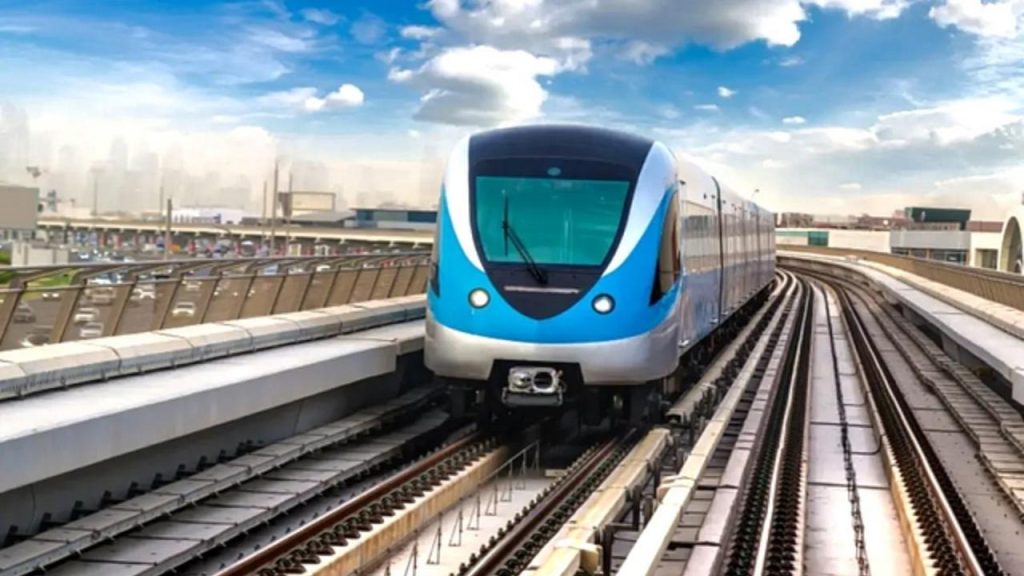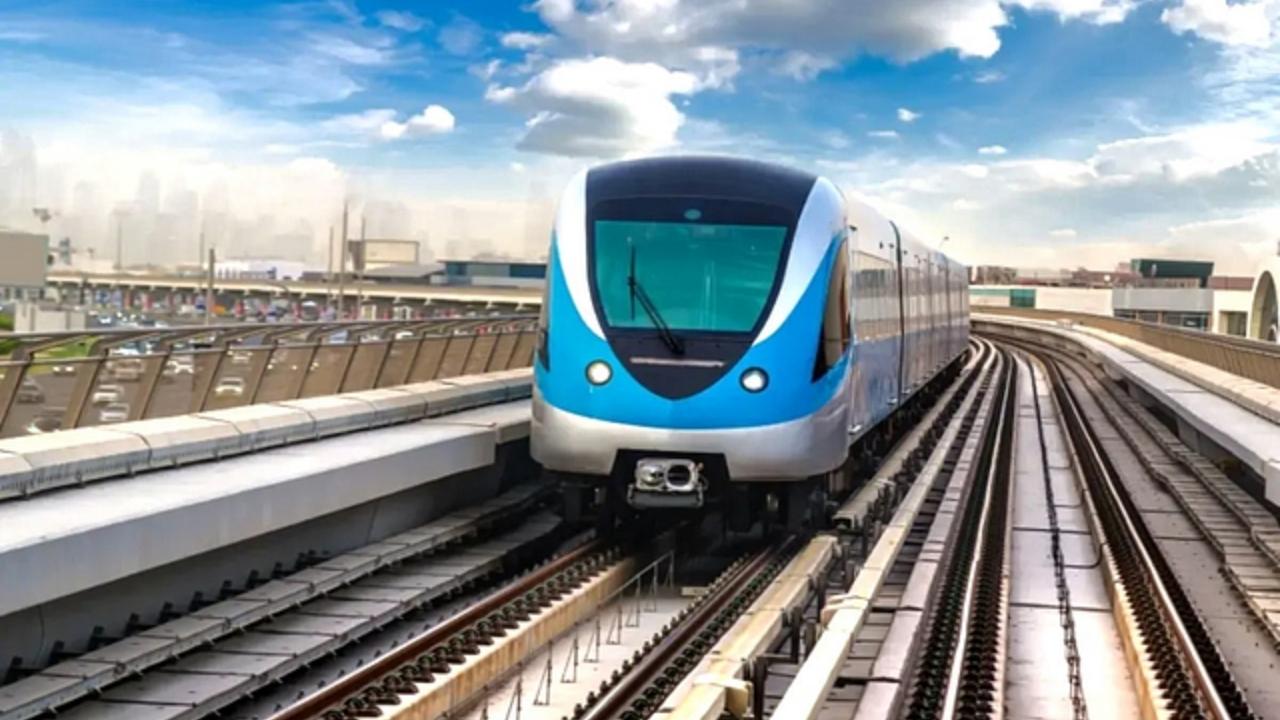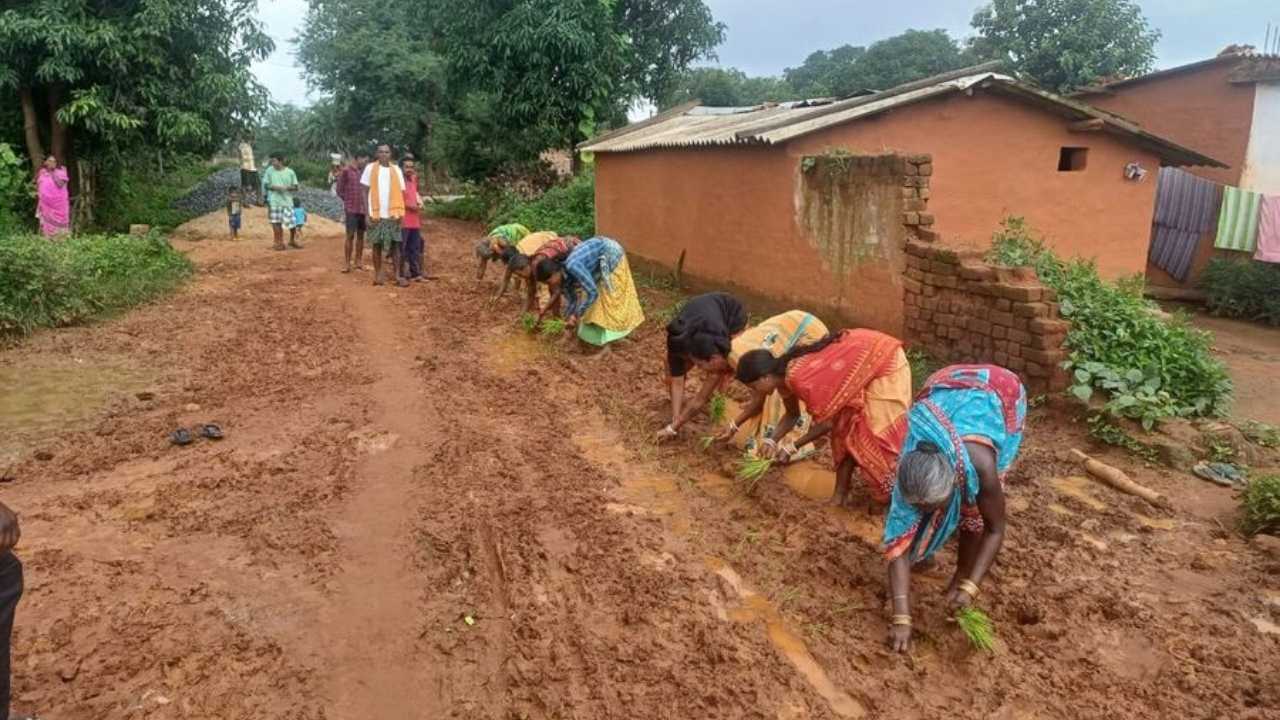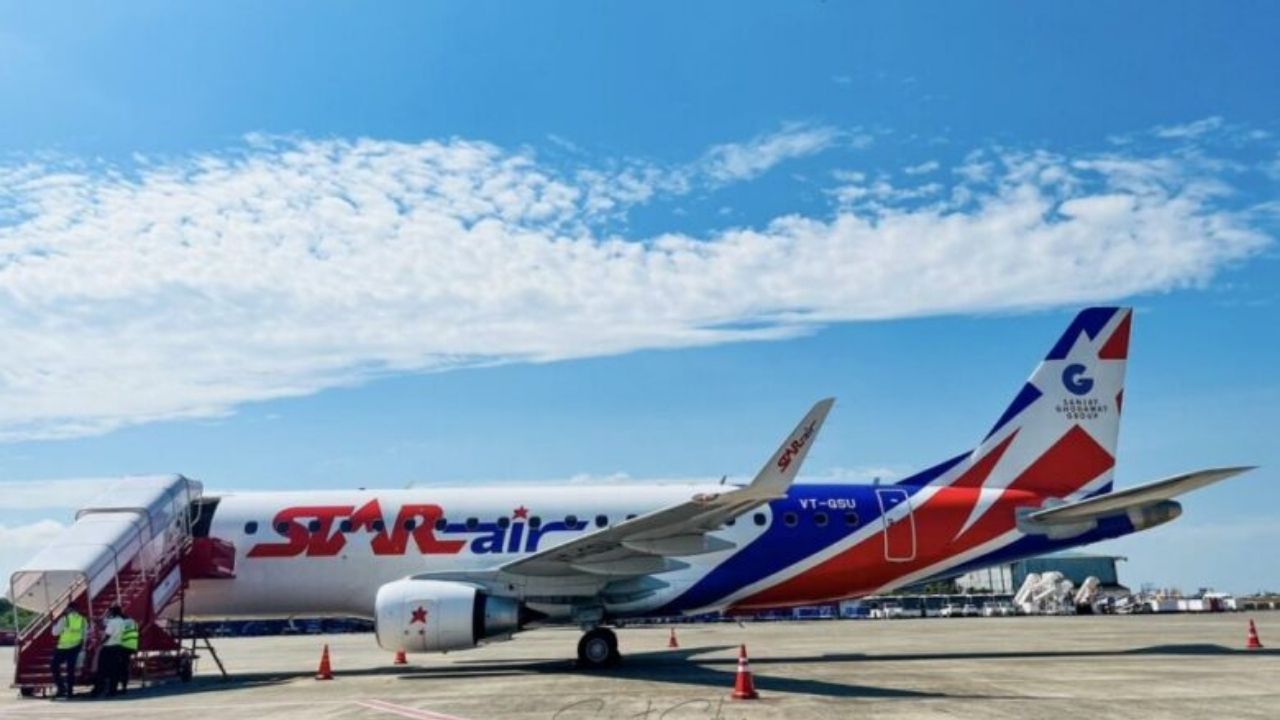The Bhubaneswar Metro Project has become a hot topic in India’s infrastructure world, especially in Odisha, the state where the city of Bhubaneswar is located. What was once a dream for urban mobility in the region is now entering a new chapter. The Odisha government is revisiting its plans and collaborating with the central government for a revised metro system that promises to revolutionize transportation in the region. But what exactly does this mean for the city of Bhubaneswar, Cuttack, and the state as a whole?

In this article, we will break down everything you need to know about the Bhubaneswar Metro Project, its history, the revised plans, and the future of urban mobility in Odisha. Let’s dive right into the conversation!
Bhubaneswar Metro Project
| Topic | Details |
|---|---|
| Initial Announcement | Bhubaneswar Metro Project was first announced in April 2023. |
| Original Plan | A 26 km elevated corridor linking Biju Patnaik International Airport to Trisulia in Cuttack. |
| Revised Plan | A new Detailed Project Report (DPR) focusing on feasible routes, incorporating public input. |
| State Government’s Role | Odisha government seeks central collaboration for funding, shifting from a fully state-funded plan. |
| Project Approval | Revised DPR expected to be submitted to the Centre for approval soon. |
| Expected Impact | Enhanced urban mobility, reduced traffic congestion, and improved infrastructure integration. |
The Bhubaneswar Metro Project marks a pivotal moment in the urban development of Odisha. With a revised approach that includes collaboration with the central government and a new focus on feasible routes, the project promises to address the growing transportation challenges of Bhubaneswar and Cuttack. By creating a modern, efficient metro system, Odisha is investing in its future, providing citizens with a faster, greener, and more sustainable way to travel.
As the project continues to evolve, it’s clear that the new metro system will play a vital role in shaping the urban mobility landscape of the region for years to come.
Background of the Bhubaneswar Metro Project
The idea for a metro in Bhubaneswar has been around for a while, with the state government hoping to ease traffic congestion and provide an affordable, fast transportation system. The city of Bhubaneswar, along with its neighboring city Cuttack, is rapidly growing. This development means more people, more vehicles, and more pressure on existing infrastructure. The Bhubaneswar Metro Project was envisioned to address these problems, offering a modern transit system that would move people efficiently across the cities.
In April 2023, the government unveiled an ambitious plan: to establish a 26 km elevated metro corridor. The initial route was designed to connect Biju Patnaik International Airport in Bhubaneswar to Trisulia in Cuttack. The metro was seen as a major step toward solving the region’s traffic woes and transforming public transportation in the area.

However, concerns arose about the feasibility of the route. Several challenges, such as traffic congestion and difficulties in implementing the project along the proposed route, led to delays. As a result, the state government decided to revise its plan. This has led to the creation of a new Detailed Project Report (DPR) that will reshape the future of the Bhubaneswar Metro.
What’s New in the Revised Bhubaneswar Metro Plan?
So, what exactly is changing? The key development is the shift in approach. Rather than following through with the original 26 km elevated corridor, the new plan focuses on finding alternative routes that better suit the region’s current infrastructure. This includes considering the possibility of underground metro systems in densely populated areas to reduce surface congestion.
One of the big updates is the formation of a technical committee to assess the existing situation and suggest improvements. This committee will help ensure that the metro is not just a tool for quick transportation, but also integrates with existing urban infrastructure. This means that the metro system will be designed to work alongside roads, bus systems, and pedestrian pathways, creating a more holistic approach to mobility.
Here are the steps the state government is taking to make sure the revised metro plan works:
- Feasibility Study: The committee is looking into alternative routes, examining the challenges of traffic, land acquisition, and environmental impact.
- Public Consultation: Feedback from citizens is crucial. The government is encouraging public participation to make the plan as effective as possible.
- Collaboration with Central Government: Odisha is seeking central government assistance in funding the project. This collaboration marks a significant shift from the earlier fully state-funded approach.
By focusing on public input and government collaboration, the Odisha government aims to create a metro system that serves the people in a sustainable way.
Why is Central Government Collaboration Crucial?
The key difference in the new plan is the collaboration with the central government. In the past, the Odisha government was planning to fund the project entirely through state resources. But now, to ensure that the metro system meets global standards and is financially viable, the state is seeking the Centre’s help.
This collaboration will provide several benefits:
- Financial Assistance: The central government has more resources to contribute, easing the financial burden on the state.
- Expertise and Guidance: The central government can help with the technical and infrastructural aspects of the metro system, ensuring it meets national and international standards.
- Sustainability: A joint venture can bring in long-term support for maintenance and operational costs.
This is especially important when considering that the metro system is not just a short-term project but a long-term investment in the state’s urban future.
What Does This Mean for Urban Mobility in Bhubaneswar and Cuttack?
The Bhubaneswar Metro Project promises to reshape urban mobility in these cities, which are growing rapidly in terms of population and economic activity. Here’s how the metro system will improve things:
- Reduced Traffic Congestion: The metro will provide a fast, reliable alternative to road transport, reducing the number of cars on the streets. With fewer cars, the cities can enjoy smoother traffic and less pollution.
- Time Savings: The metro will drastically cut travel time, allowing people to get to their destinations faster. This is especially crucial for those commuting to work, school, or business meetings.
- Economic Growth: A modern metro system can stimulate local economies by improving access to businesses, encouraging tourism, and supporting industries.
- Environmentally Friendly: With reduced traffic and better public transportation, the metro will help decrease the carbon footprint, making Bhubaneswar and Cuttack greener cities.
The Road Ahead: What Can We Expect?
While the revised plan is still in development, there’s a lot of optimism surrounding the project. The technical committee’s assessment and the central government’s support are expected to speed things up, with the new Detailed Project Report (DPR) likely to be submitted soon. If approved, the construction of the metro system could begin in the near future.
However, delays are still possible, as with any major infrastructure project. These could be due to issues like land acquisition, technical difficulties, and, of course, the ongoing need for public input. Despite these potential hurdles, the Bhubaneswar Metro Project remains a crucial step toward modernizing the transportation network in Odisha.
BJD Chief Calls Bhubaneswar Metro Scrapping a Setback for City’s Development
Bhubaneswar Metro Rail Contracts Scrapped Due to Delays; Odisha Government to Revise Plan
Bhubaneswar’s Metro Ambitions Get Closer to Reality as Key Discussions Unlock New Possibilities
FAQs
Q1: What is the Bhubaneswar Metro Project?
The Bhubaneswar Metro Project is an initiative to develop a modern metro system in Bhubaneswar and Cuttack, aimed at easing traffic congestion and improving urban mobility.
Q2: Why was the original Bhubaneswar Metro plan scrapped?
The original plan faced concerns related to traffic congestion, feasibility issues along the proposed route, and other practical challenges, prompting the Odisha government to revise the plan.
Q3: How will the new Bhubaneswar Metro project benefit the region?
The project will reduce traffic congestion, save time for commuters, boost economic growth, and contribute to a greener environment by reducing carbon emissions.
Q4: What role is the central government playing in this project?
The Odisha government is seeking financial and technical support from the central government, moving from a fully state-funded approach to a joint venture model.
Q5: When will the Bhubaneswar Metro Project be completed?
While no specific timeline has been set, the revised Detailed Project Report is expected to be submitted for approval soon, with construction potentially starting shortly afterward.





